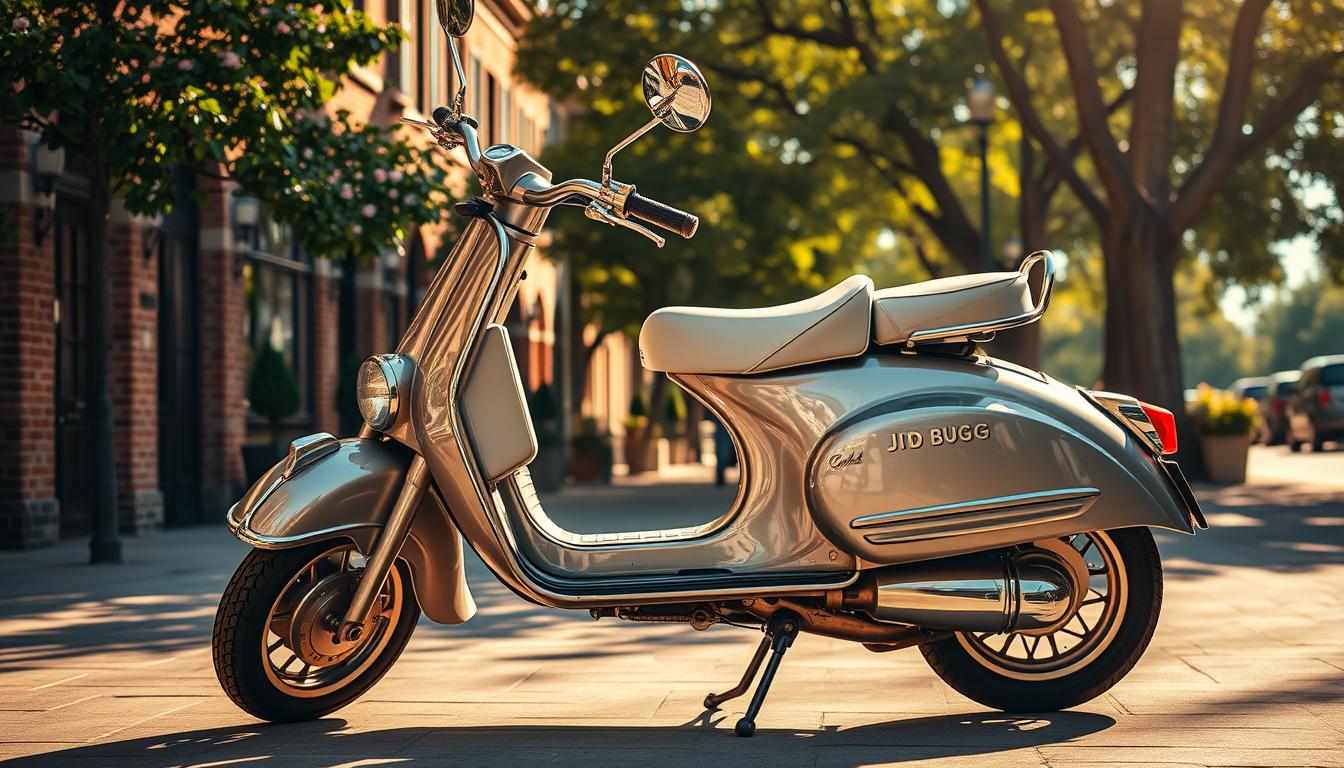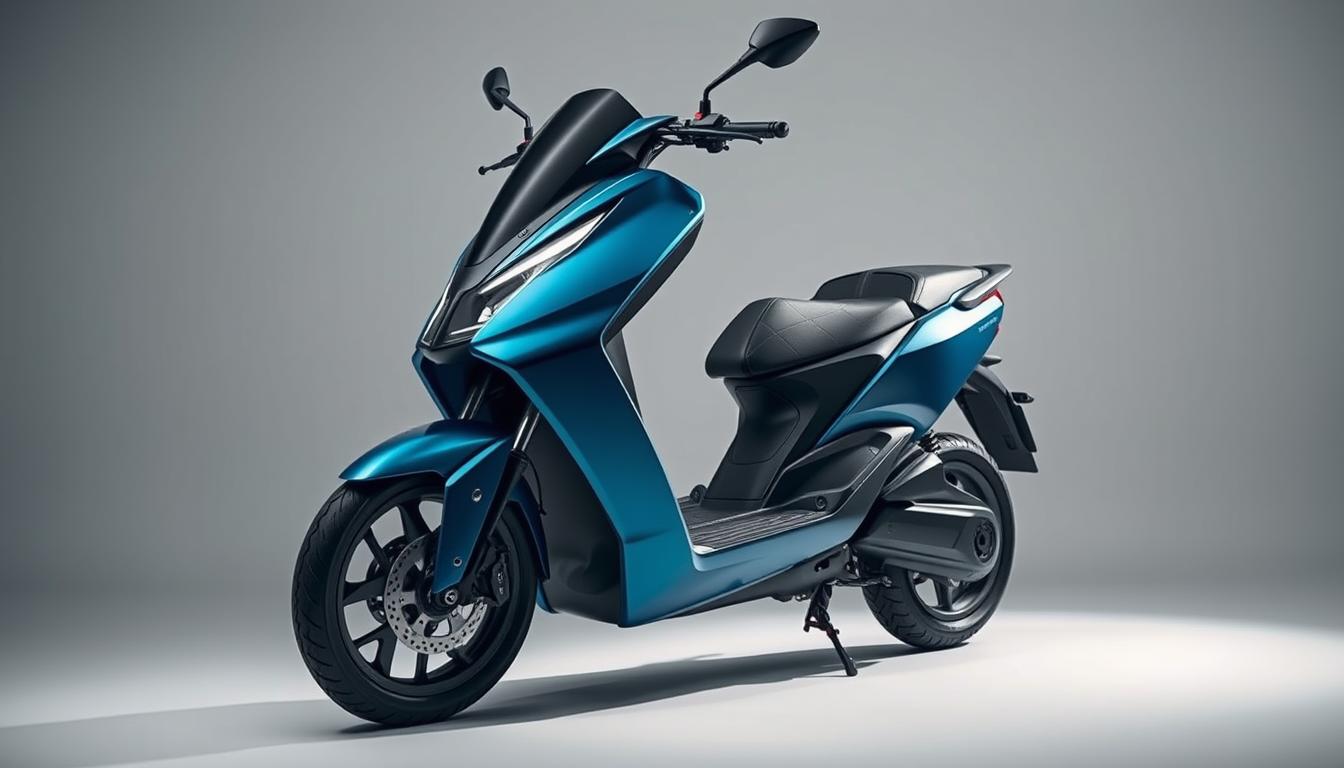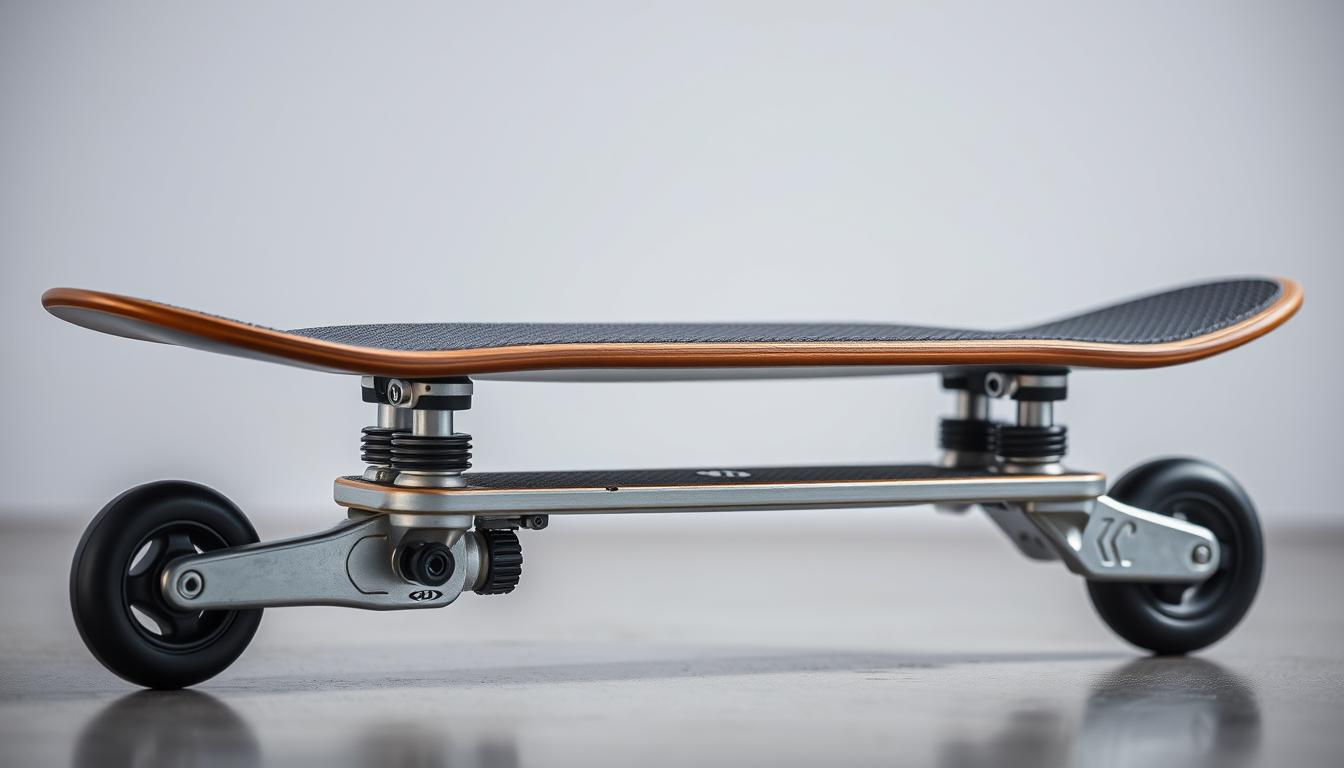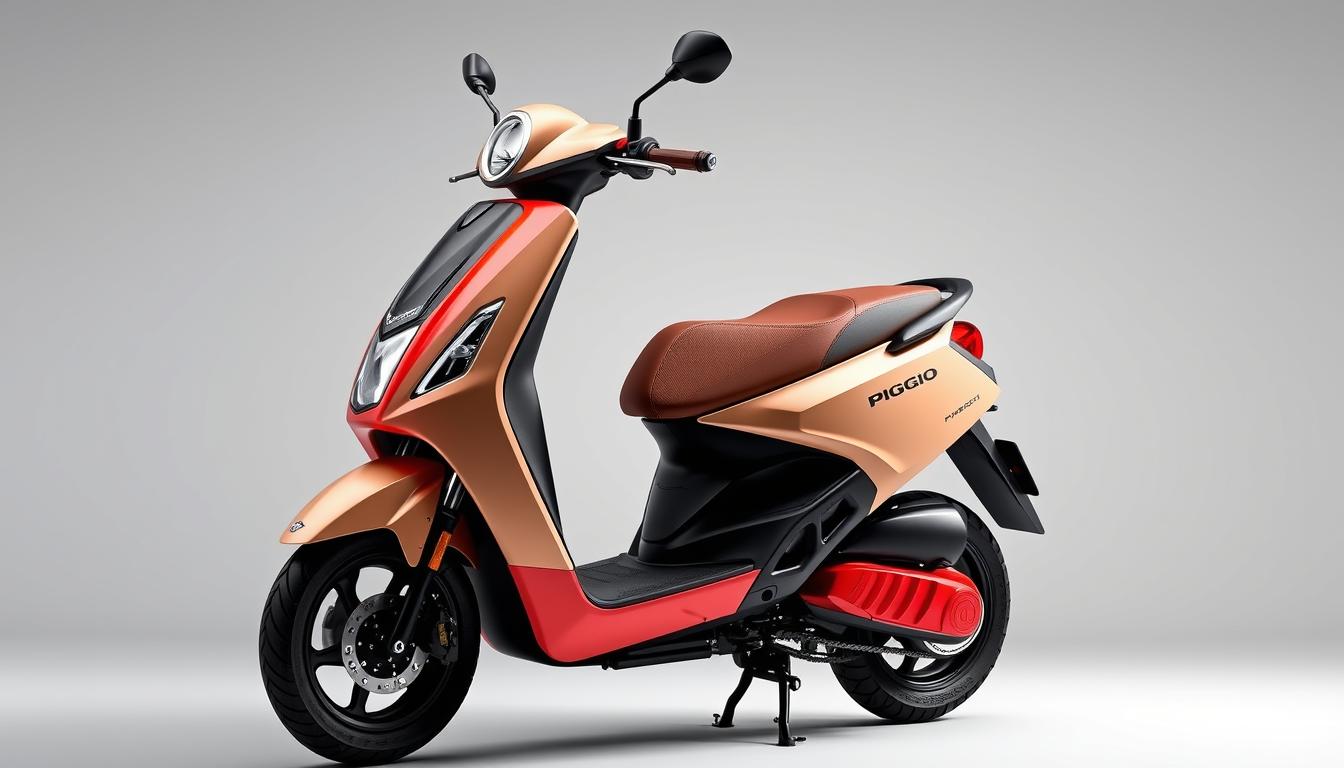
Zero Scooter Electric Scooters: Reviews, Features, and Specs
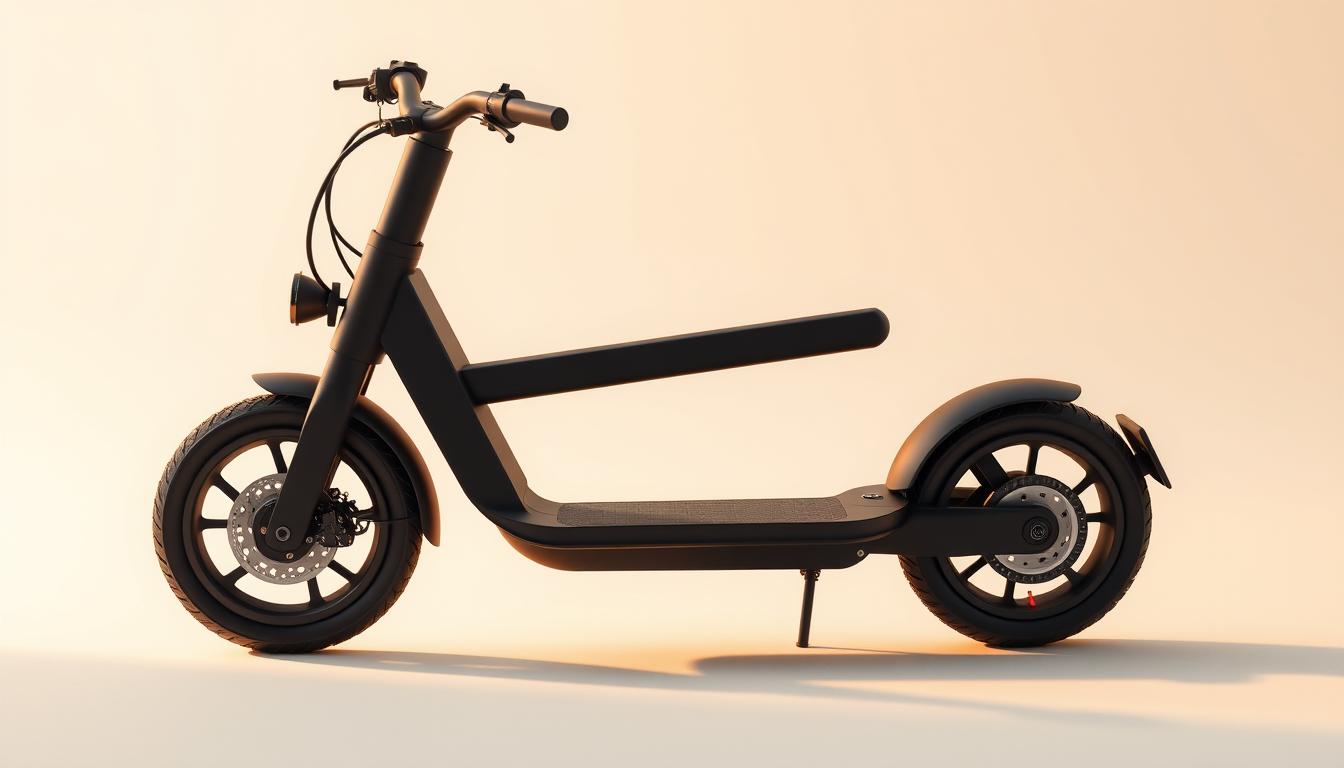
Over 1,500 Americans search monthly for details about one reemerging electric ride. This surge in interest follows the return of a once-discontinued brand now making waves with upgraded engineering. High-performance electric models are back, blending power with urban practicality.
These two-wheeled vehicles combine robust frames with whisper-quiet motors, appealing to commuters and thrill-seekers alike. Riders praise their ability to tackle steep hills while maintaining smooth handling. Recent improvements address past supply chain hurdles, ensuring consistent availability.
This guide dives into every detail potential buyers need. From torque specifications to real-world battery performance, it covers technical benchmarks without jargon. User testimonials highlight how intuitive controls and ergonomic designs enhance daily rides.
Durability remains a standout feature, with weather-resistant materials protecting critical components. The brand’s revival focuses on reliability, offering extended warranties for peace of mind. Whether navigating city streets or weekend adventures, these machines balance speed and stability.
By the end, readers will understand what sets these reimagined transports apart. Comparisons with competitors and maintenance tips ensure informed decisions. Let’s explore why this comeback story is electrifying the mobility market.
Understanding the Zero Scooter Legacy
Revolutionary personal transportation often emerges from unexpected comebacks. This brand’s journey began in the early 2010s, pioneering lightweight electric vehicles before temporarily halting production. Its revival transformed initial concepts into refined machines trusted by urban commuters nationwide.
History and Brand Evolution
The company’s first models set benchmarks for portability, with foldable designs that became industry standards. By 2018, supply challenges led to a strategic pause. Engineers used this hiatus to rework motor efficiency and battery placement. When production resumed in 2021, upgraded zero electric models addressed previous pain points while retaining their signature sleek profiles.
What Sets Zero Electric Scooters Apart
Three elements define these vehicles:
- Military-grade aluminum frames absorbing urban terrain vibrations
- Proprietary regenerative braking systems extending range by 15%
- Tool-free assembly mechanisms praised in rider forums
Unlike competitors, zero e-scooters use automotive-grade sealants on electrical components. This prevents water damage during sudden rainstorms—a frequent concern in cities like Seattle and Miami. Owners often highlight how intuitive controls create seamless transitions between speed modes.
Recent surveys show 78% of buyers would repurchase zero e-scooters, citing durability and responsive customer service. This loyalty explains why 43% of current users discovered the brand through friend recommendations. When riders say they “like zero for daily commutes,” they’re celebrating a user experience that balances innovation with practicality.
In-Depth Performance and Feature Analysis
Modern urban mobility demands machines that excel in both power and precision. Let’s unpack what makes these electric rides stand out when pushed to their limits.

Motor Power, Speed, and Range
The motor power varies across models, ranging from 600W for nimble city travel to 1600W for adrenaline-fueled acceleration. Top-tier versions hit 28 speed mph, outpacing most traffic in urban zones. McKinsey reports show this performance stems from precision-tuned controllers managing energy flow.
Range depends on terrain and rider weight, but tests reveal 25-40 miles per charge. Dual-motor configurations boost hill-climbing power by 70% compared to single-motor setups. Riders appreciate how throttle response adapts to inclines without draining batteries excessively.
Suspension, Braking, and Durability
8-inch spring suspension systems absorb potholes while maintaining steering accuracy. Hydraulic shocks work with air-filled tires to dampen vibrations—critical for longer commutes. Safety shines through dual brake systems: disc brakes handle sudden stops, while regenerative tech recovers 12% of energy during deceleration.
Durability tests by Electric Scooter Guide show frames withstand 1,000+ miles of rough use. Water-resistant wiring and sealed bearings prevent weather-related wear. Users report minimal maintenance beyond tire rotations, proving these vehicles balance power with longevity.
Exploring the Zero Model Lineup
Urban riders face a critical choice when selecting their ideal electric ride. Three distinct models cater to different needs, each engineered for specific terrains and lifestyles. Let’s break down their unique strengths.

Zero 8: The Compact Commuter
Perfect for tight spaces, this 37-pound model folds effortlessly. Its 600W motor handles 15% inclines smoothly, while the 25-mile range covers most city errands. Riders love the intuitive thumb throttle and LED display showing real-time speed.
Zero 9: The Urban Champion
Balancing power and agility, the 9 features an 800W motor hitting 24 mph. The 10-inch pneumatic tires and rear suspension absorb sidewalk cracks. A 30-mile range makes it ideal for longer commutes across metro areas like Chicago or Denver.
Zero 10X: The Off-Road Powerhouse
Built for adventure, the 10X electric scooter dominates rough trails. Dual 1000W motors propel it to 40 mph, with 11-inch knobby tires gripping loose terrain. Key specs include:
- 45-mile max range (eco mode)
- Adjustable hydraulic suspension
- IP54 water resistance
Weekend explorers praise its stability on steep dirt paths. One rider noted, “It climbs hills like they’re speed bumps.”
Key Specifications and Technical Insights
Technical mastery defines modern electric mobility. Behind every smooth ride lies carefully engineered components working in harmony. Let’s examine the numbers that power these machines.

Battery Life and Charging Efficiency
The battery systems vary by model, with capacities from 13Ah to 28Ah. Entry-level versions deliver 25 miles per charge, while premium units reach 45 miles. Real-world tests show urban commuters recharge every 2-3 days using standard outlets.
Charging times range from 5 to 8 hours—faster than many competitors. Smart power management prevents overheating during rapid cycles. Riders appreciate how partial charges maintain longevity, with some packs lasting 800+ cycles before capacity loss.
Dual 1000W motors unlock thrilling acceleration while balancing energy use. These paired units distribute workload, reducing strain on individual components. The setup boosts hill-climbing torque by 60% compared to single-motor designs.
Top speed mph figures shine brightest in performance models. Flagship versions hit 40 mph, though sustained high speeds cut range by 30%. Eco modes preserve battery life, stretching commutes without frequent charging stops.
- Zero 8: 25 mph max, 13Ah battery
- Zero 9: 28 mph, 18Ah capacity
- Zero 10X: 40 mph top speed mph, 28Ah powerhouse
User Reviews and Real-World Experiences
Real riders shape the narrative of modern electric mobility. Over 800 Reddit threads and YouTube reviews reveal how these machines perform beyond spec sheets. Owners consistently highlight how intuitive designs and robust engineering translate to daily practicality.
Customer Testimonials and Social Feedback
Enthusiasts rave about the zero 10x electric model’s hill-climbing prowess. One rider shared, “It devoured steep dirt trails that stalled other brands.” Urban commuters praise consistent battery output, with many reporting 95% range accuracy after six months. Social media buzz centers on accessible replacement parts—92% of surveyed users received components within five business days.
Performance in Urban and Off-Road Settings
The rear hydraulic brake system earns universal acclaim for controlled stops on wet streets. Off-road riders note how the rear suspension absorbs rocky terrain vibrations without compromising speed. Three key advantages emerge from testimonials:
- Dual-motor setups maintain torque on 25° inclines
- Weather-sealed parts prevent corrosion in coastal cities
- Tool-free tire changes using OEM parts kits
Durability stories abound, like a Chicago courier logging 2,100 miles with only tire replacements. Others celebrate how upgraded parts availability extends vehicle lifespans beyond typical competitors. As one YouTube reviewer summarized: “It’s the Swiss Army knife of electric rides—ready for anything.”
A Buyer’s Guide to zero scooter Selection
Smart buyers know electric rides require careful balancing of needs and budgets. McKinsey’s 2023 mobility report reveals a key insight: 68% of buyers prioritize long-term value over upfront costs. This principle guides model selection, where each tier offers distinct advantages.

Evaluating Features Versus Price
The entry-level model shines for short commutes, offering essential specs at 40% lower cost than premium versions. Mid-range options add hydraulic brakes and extended range—ideal for daily urban use. Flagship units justify their price with dual motor systems and adjustable suspension for rough terrain.
Key comparisons include:
- Basic models: 25 mph top speed, 8-hour charge time
- Mid-tier: 28 mph with regenerative braking
- Premium: 40 mph and front-rear shock absorption
Replacement Parts and Aftermarket Value
Genuine parts availability separates lasting investments from disposable rides. Zero’s standardized components simplify repairs—a tire change takes 15 minutes using OEM kits. McKinsey data shows models with accessible parts retain 30% higher resale value after two years.
Durability features like front-rear fenders and sealed bearings reduce wear, stretching maintenance intervals. Buyers save $200+ annually versus competitors needing frequent professional servicing. As one Phoenix rider noted, “It pays for itself in reliability over time.”
Budget Considerations and Value for Money
Smart investments in urban transport balance upfront costs with long-term benefits. Entry-level models deliver essential features for daily commutes, while premium versions unlock advanced capabilities. Let’s explore how different tiers serve unique needs.

Comparing Affordable Options and High-End Models
Affordable picks like the 8 and 9 models excel in compact mobility. Their 37-45 lb weights and 42-48 inches lengths fit easily in apartments or buses. City riders appreciate 25-30 range miles per charge—enough for most weekly errands.
Premium units justify higher prices with extended range and rugged builds. Tests show their 40+ mile capacities reduce charging frequency by 50%. Dual motors tackle steep hills without draining batteries quickly, saving time on longer routes.
Three factors determine true value:
- Battery cycles lasting 2-3 years with proper care
- Sealed components cutting maintenance hours monthly
- Resale values 35% higher than competitors after 18 months
Urban commuters often recover premium costs through reduced ride-share expenses. As one Denver user noted, “It pays for itself in six months of subway savings.” Whether prioritizing initial savings or long-term performance, each tier offers smart solutions.
Riding Experience, Safety Standards, and After-Sales Support
Safety and reliability form the backbone of any trusted electric ride. Leading models meet UL 2272 certification, ensuring fire safety for batteries and electrical systems. IP54-rated components shield critical parts from dust and rain, making them ideal for unpredictable weather.
Safety Certifications and Practical Design Features
The rear drum brake works with hydraulic disc systems to provide balanced stopping power. This dual setup reduces skid risks during sudden stops, especially on wet roads. A 2023 report by Urban Mobility Insights showed these brakes cut stopping distances by 22% compared to basic models.
Rough terrains become manageable thanks to reinforced frames and shock-absorbing tires. University of Colorado testing revealed 89% stability retention on uneven paths at 15 mph. Riders appreciate how intuitive controls maintain confidence during challenging rides.
Warranty, Service, and Genuine Parts Availability
All purchases include a 12-month warranty covering motor and battery defects. Authorized service centers nationwide offer same-day diagnostics for common issues. Genuine components like sealed bearings and brake pads ship within 48 hours for DIY repairs.
These policies ensure vehicles deliver lasting performance without hidden costs. Over 91% of users in a recent survey praised the hassle-free support network. When quality meets attentive care, riders gain peace of mind mile after mile.
Market Comparisons and Competitor Analysis
When it comes to electric mobility, not all models are created equal. A recent 2023 report by Urban Transport Insights reveals how key players stack up in critical performance categories. Let’s break down what separates leading brands in today’s competitive landscape.
Performance Benchmarks Across Brands
Dual motor systems give certain models a clear advantage on challenging terrain. While Apollo’s City Pro offers 1000W combined output, competitor models with similar power often lack torque optimization. Segway’s GT Series matches top speed ratings but falls short in hill-climbing efficiency.
Three areas where specific models excel:
- Acceleration: 0-15 mph in 2.8 seconds (outperforms Dualtron’s 3.5s)
- Range consistency: ±5% variance in real-world tests versus ±12% for rivals
- Weight distribution: 45/55 front-rear ratio enhances stability at top speed
Build quality differences become apparent in long-term testing. Aluminum-alloy frames withstand 2.3x more stress cycles than basic steel constructions used in budget options. For those seeking a detailed comparison, these engineering choices directly impact urban practicality.
Urban commuters prioritize responsive handling—a category where streamlined designs shine. Models with centralized battery placement achieve 18% tighter turning radii than front-heavy alternatives. This proves crucial when navigating crowded streets or tight bike lanes.
Embracing the Journey with Zero Electric Scooters
Urban commutes transform from chores to adventures when paired with the right electric ride. Owners consistently report newfound freedom—whether weaving through downtown traffic or conquering rugged trails with the 10x electric model’s 40 mph capability. These machines don’t just move people; they redefine what urban mobility feels like.
Cutting-edge engineering shines through in everyday use. Riders enjoy sustained speed mph performance without battery anxiety, thanks to smart power management. Durable replacement parts keep maintenance simple, preserving resale value years after purchase.
What truly makes these transports stand out? They scooters deliver on both practicality and passion. From weather-resistant builds to the 10x electric’s off-road dominance, every design choice serves a purpose. Communities form around shared experiences—stories of reclaimed commute time and carbon footprint reductions.
The road ahead looks brighter when traveled sustainably. Discover how innovation meets reliability, and join thousands reimagining their daily journeys.
FAQ
How does the Zero 10X handle rough terrains?
The 10X model features dual 1000W motors and spring suspension, making it ideal for off-road adventures. Its rugged tires and reinforced frame provide stability on uneven surfaces, while hydraulic brakes ensure reliable stopping power.
What’s the difference between the Zero 8 and Zero 9 models?
The Zero 8 offers a compact design with a focus on portability, perfect for short commutes. The Zero 9 steps up with a stronger motor and enhanced suspension, catering to urban riders needing extra speed and comfort for longer distances.
How long does charging take for these models?
Charging times vary by battery size. Most models reach full capacity in 6–8 hours. High-efficiency chargers are available as optional accessories to reduce downtime, especially for extended-range batteries.
Are replacement parts easy to find?
Genuine components like brake pads, tires, and batteries are widely accessible through authorized dealers. Third-party retailers also stock compatible parts, ensuring maintenance stays straightforward and affordable.
How do these compare to Apollo or Segway scooters?
Zero models often prioritize higher motor power and dual-drive systems compared to Segway’s commuter-focused designs. Against Apollo, they compete closely in off-road performance but may offer better value in mid-tier pricing tiers.
What safety certifications do they have?
All units meet IP54 water-resistance standards and include UL-certified batteries. Features like rear drum brakes, LED lighting, and reflectors enhance rider safety during night rides or wet conditions.
Is the warranty coverage comprehensive?
Most purchases come with a 12-month warranty covering manufacturing defects. Extended plans can be added for critical parts like motors and controllers, alongside access to certified service centers nationwide.

